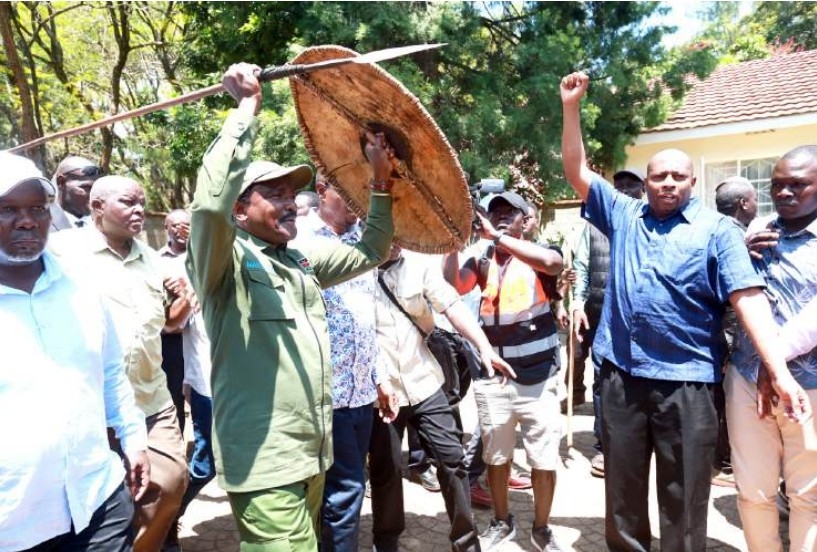The global community will commemorate this year’s World Wetlands Day on February 2 under the theme, 'Wetlands and human wellbeing'.
This year’s campaign spotlights how interconnected wetlands and human life are, as people draw sustenance, inspiration and resilience from these productive ecosystems.
The theme for 2024 underscores how all aspects of human wellbeing are tied to the health of the world’s wetlands.
The day is celebrated each year to raise awareness about wetlands.
Wetlands in the country are disappearing at an alarming rate, with negative impacts on livelihoods.
Nearly 90 per cent of the world’s wetlands have been degraded since the 1700s, and researchers and conservationists say wetlands are being lost three times faster than forests.
Yet, wetlands are critically important ecosystems that contribute to biodiversity, climate mitigation and adaptation, freshwater availability, world economies and more.
Water and wetlands are inseparable and vital to life, human wellbeing, and the health of the planet.
World Wetlands Day marks the anniversary of the Convention on Wetlands, which was adopted as an international treaty in 1971.
Environment CS Soipan Tuiya is set to lead the nation in the commemoration of the day at Lake Narasha (Timboroa dam) under the slogan is ‘Healthy wetlands for healthy communities.’
But as the commemoration takes place, players at Lake Naivasha are no longer at ease.
They say the lake no longer serves its natural functions due to the escalating number of threats.
Pollution, encroachment by agricultural farms and industrial activities threaten the water mass.
Lake Naivasha Riparian Association general manager Silas Wanjala said what is happening at the lake at the moment saddens them.
"Generally, Lake Naivasha should provide ecosystem services to the communities living around it. But when you look at the state of the lake and the challenges that we're facing, we feel that in the years to come we may lose some of these ecosystem services that we are deriving from this resource,” Wanjala said.
The population around the lake has escalated the number of threats facing it.
“We foresee an immense threat emanating from human waste pollution, especially when you look at the state of our waste treatment plant,” Wanjala said.
He said the sewerage system serving locals is now overstretched.
The plant was set up in the 1980s when Naivasha's population was barely 100,000. Today, the population is over 500, 000.
Wanjala said 20 per cent of the population is served by sewer lines, while the rest of the population uses exhausters.
Efforts to engage both levels of government have failed to bear fruit.
Partially treated waste finds its way into the lake due to lack of proper sewerage facilities.
This has exposed locals to water-borne diseases such as cholera, diarrhoea and dysentery.
Wanjala said the source of proteins is threatened.
Lake Naivasha was declared a Ramsar (important wetland) site in 1995 and an important horticultural hub.
The lake forms part of the Aberdares, one of Kenya's major water towers.
Lake Naivasha is an important bird area with over 400 species and was designated in 1995 as a wetland of international importance.
The lake is of utmost economic importance as it contributes significantly to Kenya’s GDP.
Seventy per cent of Kenya’s cut flower exports generate an estimated nine per cent of the total foreign exchange revenue, contributing to almost 1.3 per cent of the country's GDP and 20 per cent of vegetable exports.
The mounting challenges facing the lake risk eroding these gains.
Wanjala raised concern over the level of encroachment on land around the lake.
Investors putting up hotels and resorts openly engage in backfilling despite laws prohibiting the practice.
A number of farms surround the lake.
Wanjala said large tracts of land around the lake have been grabbed and illegal titles acquired.
“We are fighting some of the illegal titles in court,” he said.
Interestingly, some of the investors breaking the law have been given the green light by the county and national governments.
"The national and county governments are issuing development permits on riparians, and when you interrogate the investors who have developed on riparians they show you physical planning or planning approvals. They show you Nema licence approvals,” Wanjala said.
The Lake Naivasha Catchment Protection Order of 2012 expressly states that backfilling or dumping of soil on land near the lake is prohibited.
Construction of permanent structures in the area is also prohibited, but other arms of government are still approving these developments.
Wanjala accused state agencies of being complicit in illegalities.
He said the lake risks losing its status as an important bird area as a result of the ongoing assault.
Some conservation organisations, such as the World Wide Fund for Nature, have, however, been working to reverse the threats facing the lake.
WWF-Kenya, in collaboration with other partners such as the Embassy of the Kingdom of the Netherlands in Kenya, UK food and drink companies under the Waste and Resources Action Programme (WRAP), Coop Switzerland, Nordic countries led by Sweden's government agency for development cooperation, and Water Resource Users Associations within the Lake Naivasha basin, have been working to ensure proper water stewardship is undertaken by those within the basin for enhanced water quality and quantity.
Grace Kimani, a Beach Management Unit member at Karagita, said there are illegal fishermen in the lake.
“The illegal fishermen are using fishing gears that are not allowed. They get into the lake at odd hours and do other illegal activities such as stealing fish from the licensed fishermen and destroying their nets,” Kimani said.
Kimani is a boat owner and patrol leader in the lake network. She said the lake could soon become infertile due to the threats it is facing.
Between 10,000 and 20,000 people rely on the lake. “In the past, the fish were plentiful but are now dwindling,” she said.
Licensed boats are around 300, but the illegal ones were almost thrice as many before the Kenya Coast Guard launched a crackdown.
“There is a need to rehabilitate Lake Naivasha wetlands,” Kimani said, adding that conflicting policies must be harmonised to avoid confusion.
She also called for the protection of the shores of the lake where the breeding of fish takes place before restocking to improve stocks.
Kimani said the landing sites must be gazetted.
Investors have put up electric fences around the lake, preventing hippos from assessing areas where they get food.
Lake Naivasha Basin Landscape Association chairman Paul Ruoya said the health of the lake depends entirely on how the areas around it are managed.
“If infrastructure development continues along the lands, I can assure you that this lake is seriously under threat,” he said.
Ruoya said poor agricultural practices have led to eroded soil pouring into the lake, with negative implications.
“We are therefore calling up on the national and county governments and the international community for the protection of this lake, bearing in mind that the lake is a Ramsar site of international importance,” he said.
About 30 years ago there were many birds and other wildlife around the lake but they are no longer there due to the threats.
Illegal fishing gear netsimmature fish, their eggs and fingerlings.
Lake Naivasha has five landing beaches, namely, Kamere, Tarambete, Central, Kihoto and Karagita.
Statistics from the Kenya Marine and Fisheries Research Institute show the catch has been increasing.
In 2018, there were 180 boats that landed 2,233,898 metric tonnes of fish, earning Sh173,258,415.
The average earning per boat and month was Sh80,212.
In 2019, 184 boats landed 3,423,730 metric tonnes of fish, earning Sh421,341,151.
The average earning was 190,824, while the average kilograms of fish per boat per month were 1,550 kg.
Last year, there were 186 boats landing 2,213,094 metric tonnes of fish, earning Sh238,761,460.
The average earning per boat per month was Sh 107,550, with the average kilograms of fish per boat per month being 996kg.
Following the spike in illegal activities in the lake, the Kenya Coast Guard set up a base around Lake Naivasha.
The officers are based in Loldia, North Lake, where a landowner donated a parcel for them.
KCGS is responsible for enforcing maritime security and safety, pollution control, sanitation measures and prosecuting offenders.








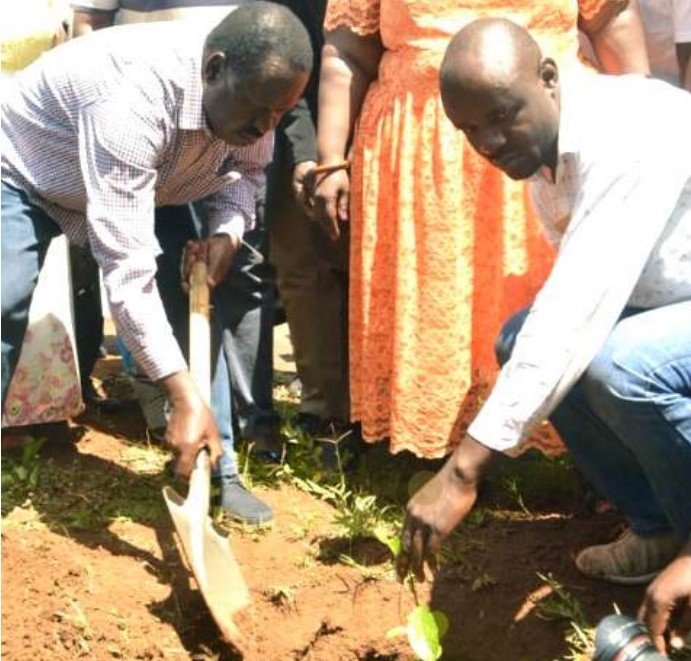

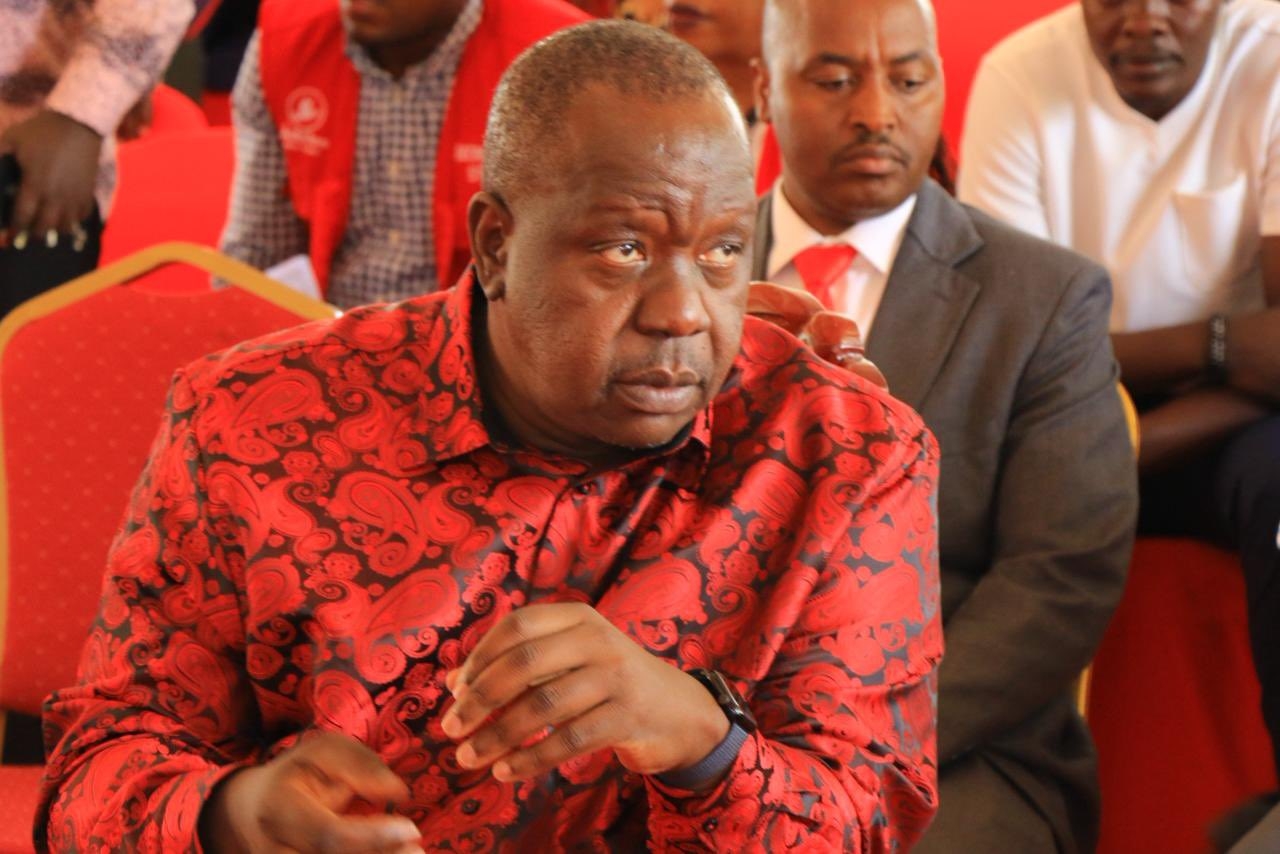
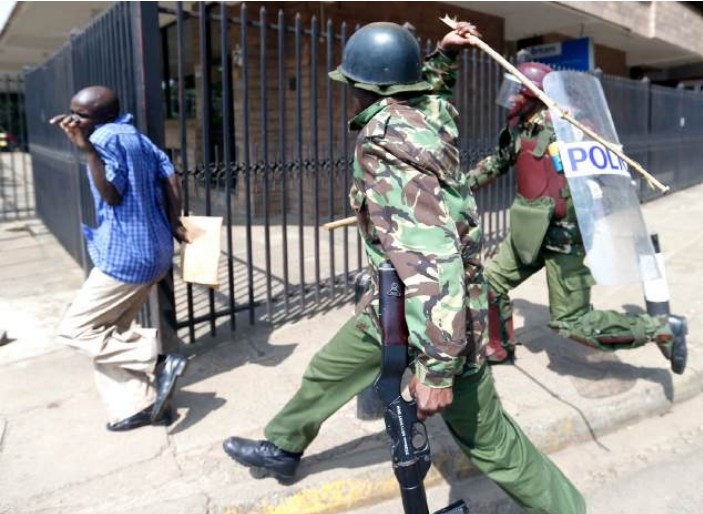
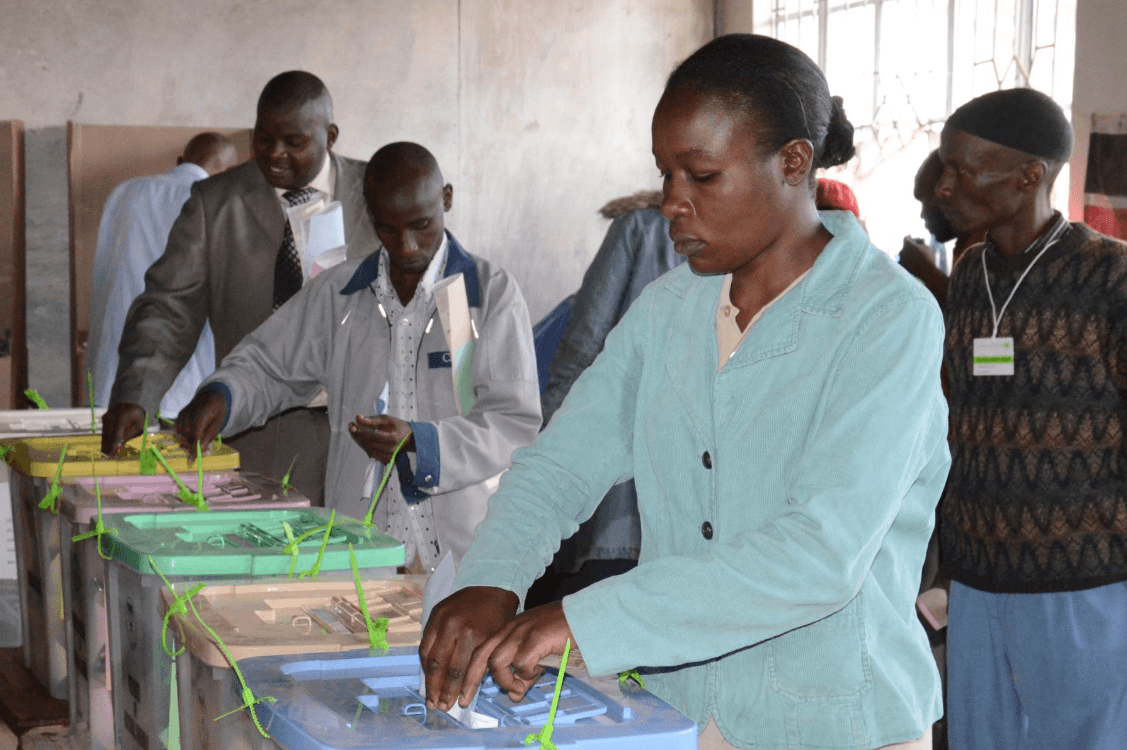

![[PHOTOS] How ODM@20 dinner went down](/_next/image?url=https%3A%2F%2Fcdn.radioafrica.digital%2Fimage%2F2025%2F11%2F99d04439-7d94-4ec5-8e18-899441a55b21.jpg&w=3840&q=100)
